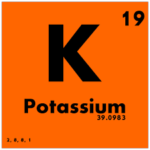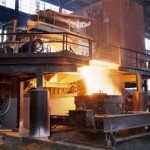Electric fuse: Basics ought to be known
Posted in All That Matters By attemptnwin On August 7, 2014Electric current flow in any circuit generates a lot of heat which is unavoidable. This heating effect of current is called Joule’s effect. Electric appliances like laundry iron, toaster, oven, kettle and heater are some of the devices that work based on Joule’s heating effect. The heat generated by current flow tends to increases the temperature of the components inside the appliance and sometimes alters their properties. To avoid this, fuse acts as the ‘protector’ of electric circuits.
To prevent excess heat spoiling the appliance, fuse is inevitable. Fuse is nothing but a piece of wire made of a metal or an alloy of appropriate melting point. Metals like iron, aluminium, copper etc could be used to make fuse. The fuse is placed in series with the power source. When a very high (undesired) current flows due to some issue in the circuit, it protects the appliance by breaking the circuit. If a current larger than the specified value flows through the circuit, the temperature of the fuse wire increases. This melts the fuse wire and cuts off the supply to the circuit.
The fuses used for domestic purposes are rated as 1 A, 2 A, 3 A, 5 A, 10 A etc. Assume for an electric iron, 4.5 A will flow in the circuit. In this case, a 5 A fuse must be used. If due to some fault in the circuit current more than 5A flows through the iron, then fuse immediately breaks the circuit protecting the equipment (iron) as well as the person using the iron.
NITI Aayog- The National Institution for Transforming India
H-1B Visa, Relevant Aspects and Proposed Amendments









